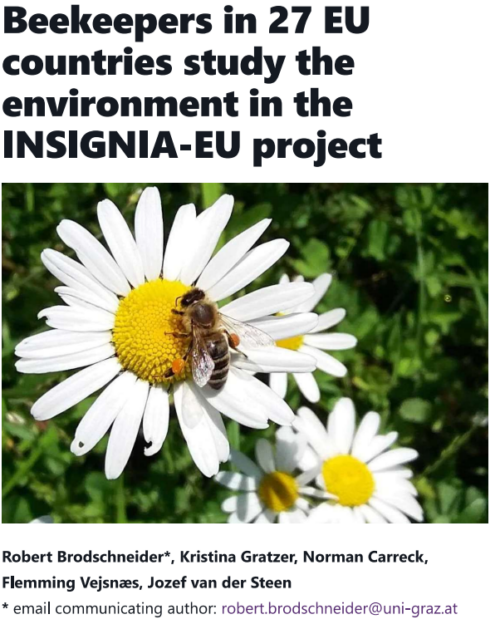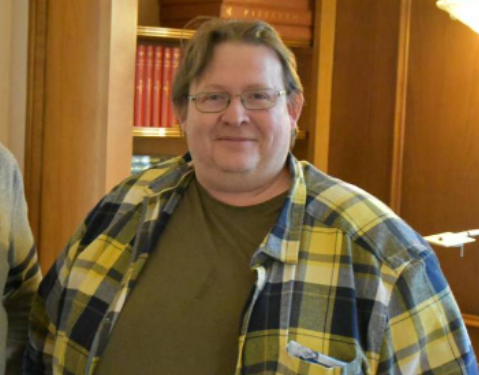This year, the C*Sci2022 conference will be held online from May 23-May 26. Registered parties will be able to join interesting discussions and have access to more than 100 posters and douzens of talks about a variety of citizen science projects around the world.
The opening keynote will be held by Dr. Mónica Ramírez-Andreotta, who will give a talk on “Cultivating Science, Justice, and Action”
Of course, the INSIGNIA-EU team will also be part of the conference by presented a poster about the project (dowload the PDF poster here –> INSIGNIAPoster)
Be sure to sign up and learn more about citizen science.
Link to the conference website: https://citizenscience.org/c-sci-2022/csci2022-program-details/
Kristina Gratzer and Robert Brodschneider



